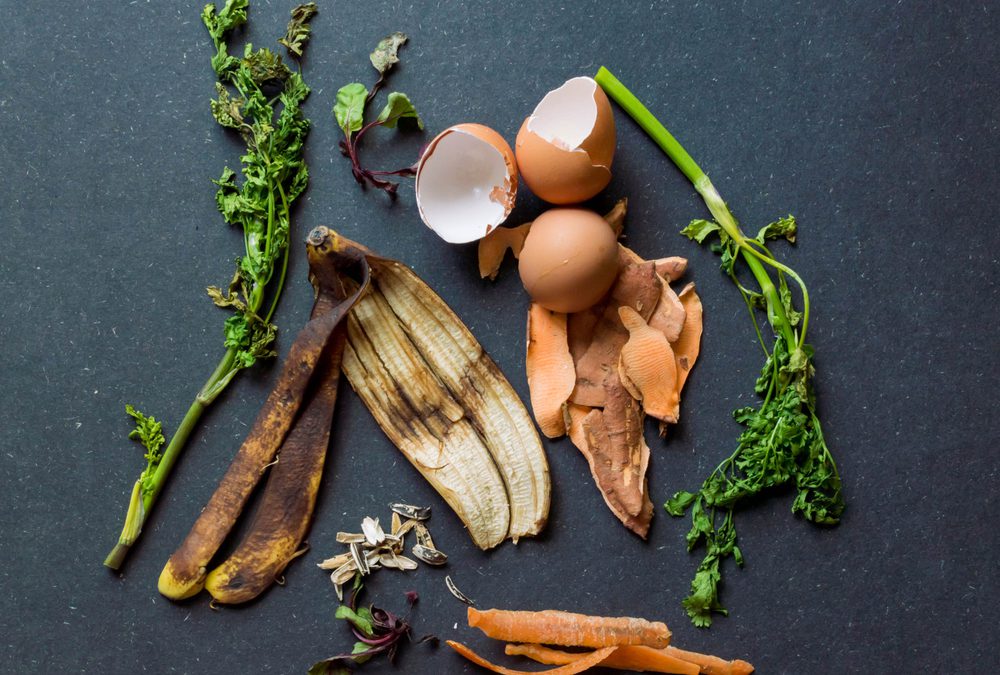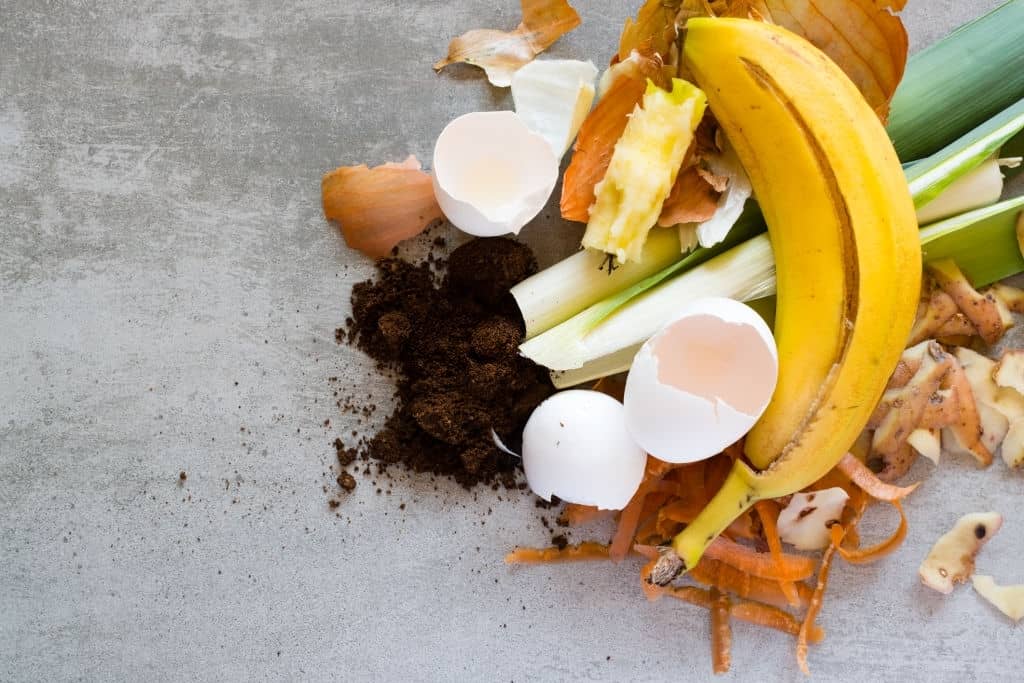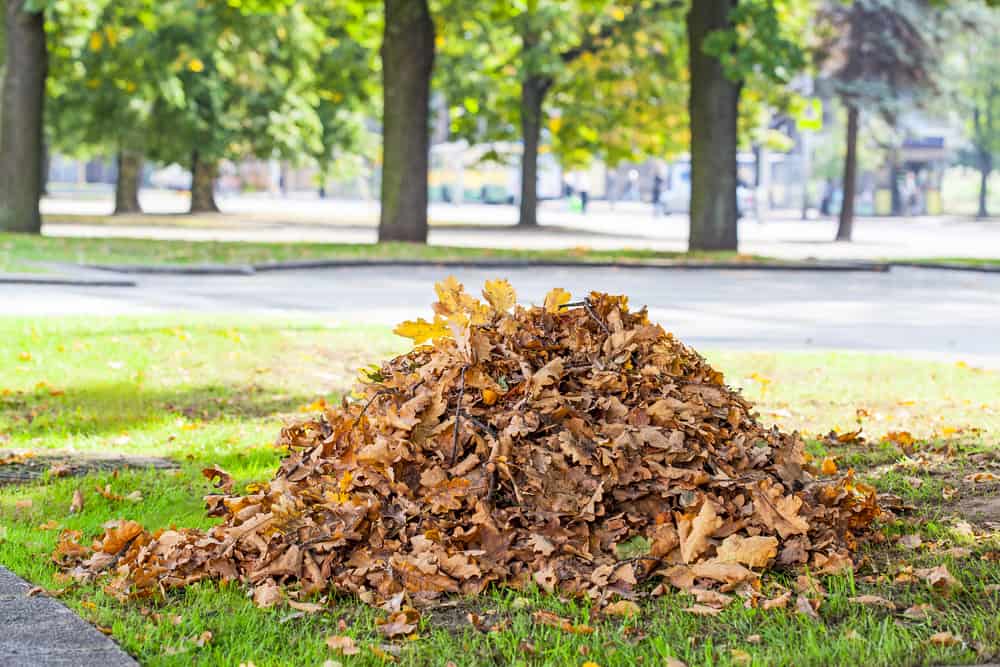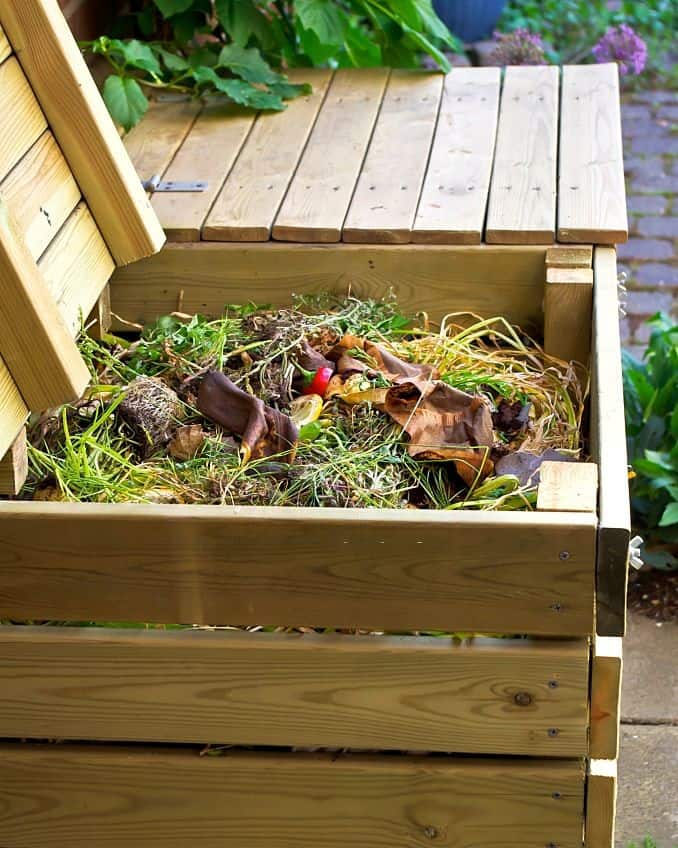
Easy steps to make compost
Composting is a superb technique to reproduce the life cycle that nature has been doing for millions of years, It is the best way to take scaps from your trash (minimize waste). not only that, compost provides all your plants with the best organic fertilizer that they will adore.
Follow our easy steps to create the legendary “black gold” in no-time.
Table of contents
Why should you compost ?
A list of things that you need.
How can I set up my composting area?
Sum-up of the steps
Extra benefits of composting.
Why should you compost?
Because a rind is a terrible thing to waste and it will also make a free and wonderful organic fertilizer, that will fill your garden with nutritions.
Here are some other benefits to it:
-Composting will minimize your waste and the amount of garbage you throw away
-Your garbage will be free from organic materials, which means no odor from it.
-You’ll contribute to a better planet by reducing methane gas that is being caused by garbage.
NB: we made the whole list of benefits in the end of the article.
What are the things that you need to start composting?
Primarily your compost is going to have 4 supplies which are: scraps “greens” and Garden waste “browns”, combined with air and water those are all free provisions that are abundant in your kitchen and garden so that the living things in your compost would have the perfect environment to perform.
List of the compostable wastes:
List of greens

- Green leaves and grass clippings
- Vegetable trimmings
- Old vegetables and fruits
- Green plant pruning
- Weeds (without seeds)
- Old flower bouquets and houseplants
- green grass hay
- Used tea bags
- Coffee grounds (including filter)
- Animal manure (from herbivores such as chickens, rabbits, horses)
- Algae; kelp
- seaweed
- Citrus peels (chopped well)
Bonus: Onions and Garlic are part of the greens but you should think twice before including them to your compost. it’s known that these vegetables may repel earthworms, which are a vital part of a healthy garden.

List of browns :
- Dried grasses
- Cardboard (including egg cartons and toilet paper rolls)
- Paper towels
- Newspaper
- Shredded documents
- Oat hay; aged hay
- Straw
- Dried leaves (shredded)
- Chipped wood (natural wood)
- Sawdust
- Wood ash (not coal ash)
What NOT to Compost
you may want to avoid composting these items , they tend to make your compost smelly and it will most likely attract animals and pests, here’s a list of these items:
- Anything containing meat, oil, fat, or grease
- Diseased plant materials
- Sawdust or chips from pressure-treated wood
- Dog or cat feces
- Weeds that go to seed
- Dairy products
So to provide these four resources for them you’ll fill your bin with: Green materials(source of nitrogen) and Brown materials (source of carbon). Now, enough oxygen will be a suitable place for aerobic bacteria which are the hardest-working bacteria in the compost pile. If there’s very little (or no) air in your pile, their freeloading cousins will directly move in. Along with them comes their stinky baggage (and you don’t want that, right ? )
Water needs to be at around 40 percent moisture, which is about as wet as a wrung-out sponge, to let oxygen circulate (more than 60% you’ll be welcoming anaerobes right away.
Ratio: People tend to over-complicate the ratio behind composting but it isn’t big of a deal, you know your compost bin well enough to say that there is a lack of brown or green materials. To produce good compost it is important to have the right mix of ingredients. If you add too much soft, green material, such as grass clippings, the heap may turn into a slimy, sludge. Put in too much dry, woody material, and it will rot down slowly, if at all. Ideally, aim for a ratio of about 70:30.
Bonus Tip: During most of the year, it is likely that you will be producing more green than dry material, so you will need to look around for dry waste to add. Woody prunings are best, but brown cardboard, crumpled newspaper, and even the insides of used toilet paper rolls all make suitable alternatives.
How can I set up my composting area?
Depending on what result you want to achieve and how much time you are willing to wait for your compost. Composting tools can vary from commercial Bins, DIY bins to just arranging a pile, these are all technics that work just fine because in the end, the composting phenomena is just going to happen either you control it or not.
Review of commercial bins:
Standard plastic compost bins, they are functional rather than attractive, Along with that, they do hold lots of garden and kitchen waste. They are also the most inexpensive.
If you are concerned about how your compost bin fits in with the rest of your garden, there are more attractive options, including wooden bins designed to look aesthetically good that can be stained to suit your garden design. These are a good choice for smaller gardens where the bin would be on view.
Impatient gardeners may prefer “tumbler” bins. These allow you to make small batches of compost in weeks, not months, by turning the bin to increase airflow, which naturally speeds up the composting process.
Bring it all together

To sum up the whole process of composting:
1) Find a good place To put your bin, Shady place near the water.
2) Add the ingredients for your compost, The 70:30 ratio.
3) Water is essential: Remember not more than 40%.
4) Keep things moving, To let oxygen circulate.
5)wait for it, while controlling the previous points.
Still not convinced about the value of compost?
Here are five more benefits that compost usage offers on your plants and soil :
acts as a disease suppressor.
Researchers have discovered another virtue, which doesn’t get as much publicity as it should: compost is valuable for plant-disease resistance.
The beneficial microorganisms produced by composting organic materials render plant pathogens inactive. Potato blight, powdery mildew, and damping-off (a fungal disease) are all examples of plant diseases that compost can suppress.
increases the growing season.
Compost improves average soil structure by bringing it to a loamy, friable state. Nutritionally rich soil with good structure is able to hold heat better than poor soil. For the gardener, this means the soil warms up faster and stays warm longer, which allows the gardener to plant earlier and harvest later in the season.
acts as a ph buffer.
For most plants, the most desirable pH is neutral; neither too acidic nor too alkaline. If a gardener is generous with applying compost to garden soil, he or she doesn’t have to worry about the pH levels as much—if at all (unless you have plants such as blueberries that need a more acidic pH level).
saves water.
Compost increases soil’s capacity to hold water by a wide margin. For instance, a dry soil low in nutrients may only hold 20 percent of its weight in water. Comparatively, a dry soil that’s high in organic content can hold up to 200 percent of its weight in water.
reduces water runoff.
Due to the poor crumb structure of soil that’s low in organic matter, it can be washed away easily by storms or even everyday watering. Lost topsoil results in even lower fertility, creating a vicious cycle. But compost preserves and enhances soil structure and helps fight erosion, keeping healthy soil under the plants where it belongs.
Composting is sustainability at its finest for plants and the other living organisms on this planet. In the vegetable garden, it provides structure, adds nutritional value, suppresses disease, increases the growing season, saves money, and reduces water runoff. All of these benefits allow the plants to work at maximum capacity, and that means more vegetable bounty for you! Compost is garden soil’s best friend.


Recent Comments